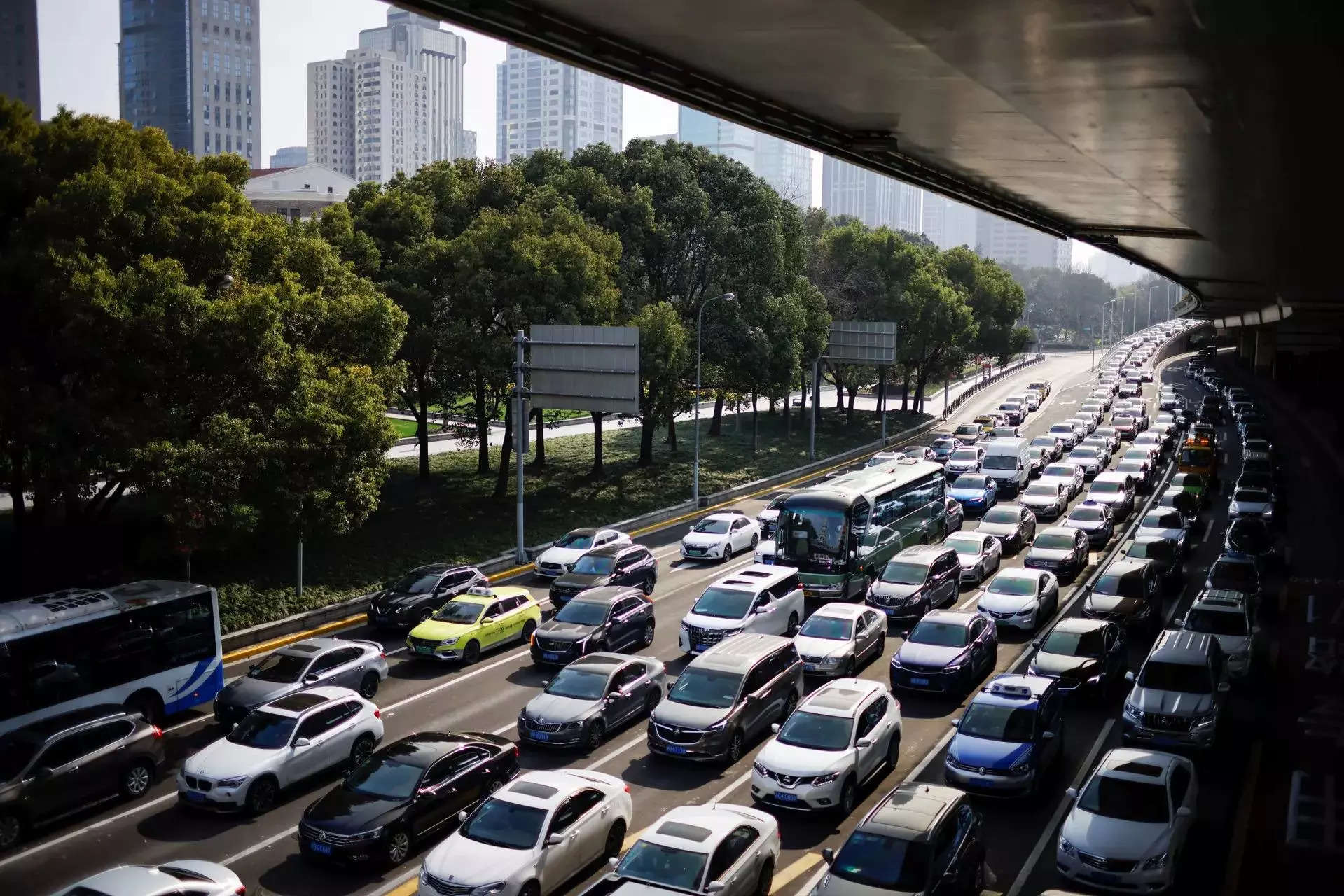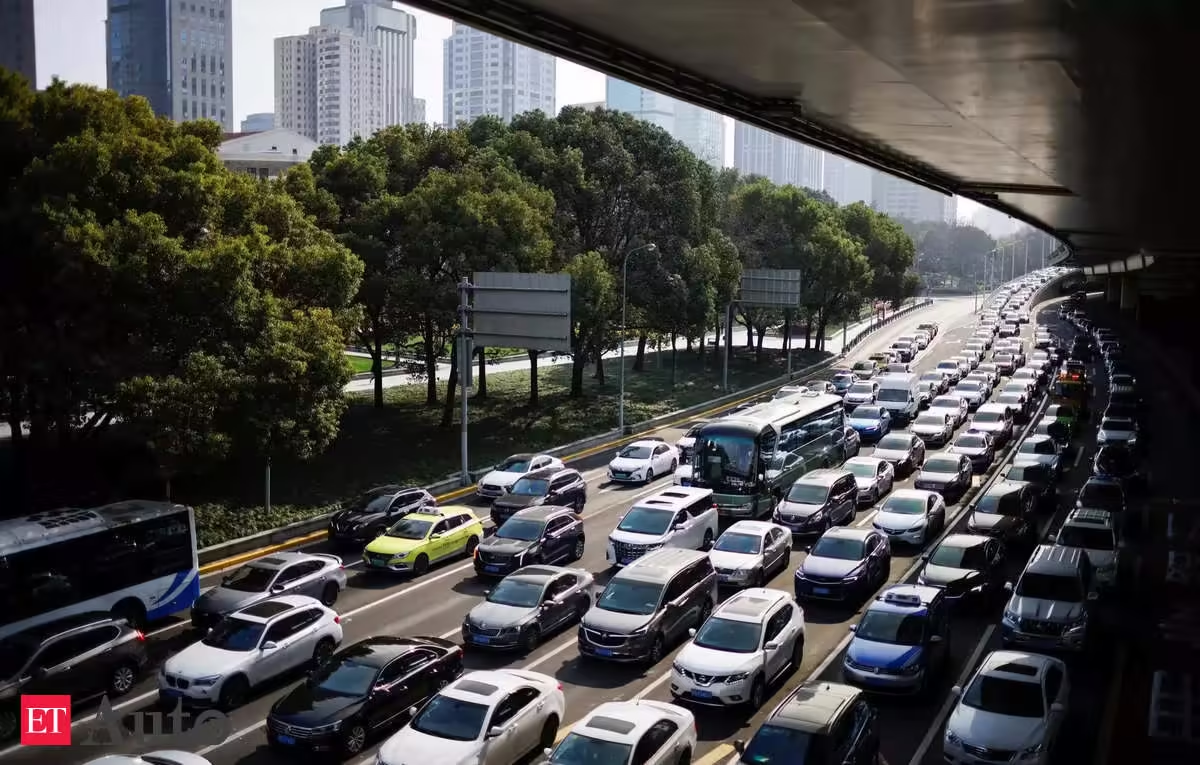
Delhi govt is planning to involve a private company to install an artificial intelligence-based Automatic Number Plate Recognition (ANPR) violation detection system on a revenue-sharing model. The company will install the cameras at junctions suggested by the transport department and operate them for 20 years. It will receive a share of the revenue earned by govt through penalties levied on violators.
Officials stated that govt had already initiated the process by issuing a request for proposal to identify a suitable agency with expertise in providing AI-based clear visibility high-resolution cameras for detecting traffic violations, complete with analytics, a mobile or tablet-based app for e-challan, and a monitoring dashboard. Initially, the cameras will be installed at 500 traffic junctions. The number of locations will increase as per the requirement.
To detect traffic violations, especially speeding and signal jumping, the city’s traffic police have installed nearly 350 ANPR cameras. Additionally, the city has more than two lakh surveillance cameras installed by the public works department, New Delhi Municipal Council, and Delhi Police. According to officials, installing hundreds of ANPR cameras in a city as large as Delhi, with a commitment to maintain them for 20 years and set up a command centre to analyse the feeds and data, is a cash-intensive project that also requires manpower and technological know-how.
“By doing it on a public-private partnership basis and sharing revenue on each challan realised, we hope to attract good players to join us in executing the project,” said an official, requesting anonymity. The official, however, refused to comment on the percentage of revenue that govt might agree to share with the company installing the system.
The AI-powered cameras will be capable of checking a number of violations by two-wheeler riders, motorists driving private cars and cabs, and goods carriage and passenger vehicles.
While the traffic police currently book violators both on the spot and by identifying them through ANPR cameras installed by them, the transport department largely focuses on violations committed by goods and passenger carriages and vehicles flouting pollution norms. Officials said the new system would bring more violations under scrutiny, which often escape detection.
“The hi-tech cameras will be capable of identifying motorists driving in the wrong lane or two-wheelers being driven on footpaths. The ANPR cameras will also be able to detect end-of-life vehicles, pollution certification violations, expired insurance, and stolen vehicles by matching the data with the Vahan portal,” said an official. “These cameras will also be able to detect restricted vehicles trying to enter Delhi during the odd-even scheme or GRAP restrictions,” the official said.
They will also identify motorists involved in multiple traffic violations. The cameras will also be able to check goods vehicles being driven without a cover or those that are overloaded.
Officials said more than 10 companies showed interest in the project and participated in the pre-bid meeting. If all goes well, govt would be able to have the company on board within two months, and the work to set up a service centre and install cameras will begin 30-45 days after signing the contract.


